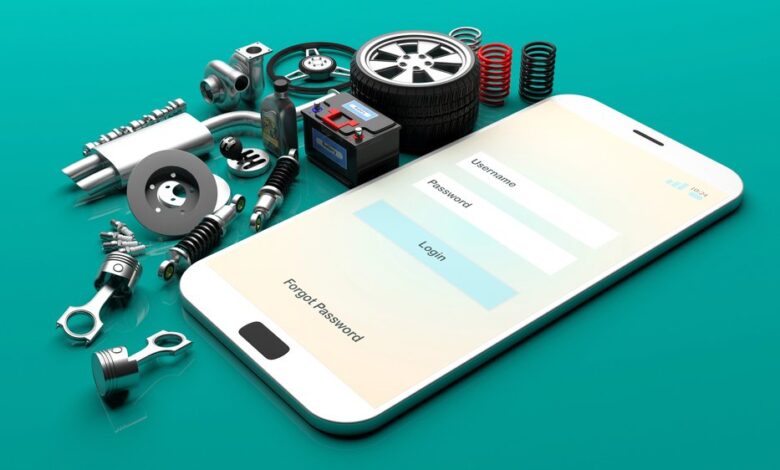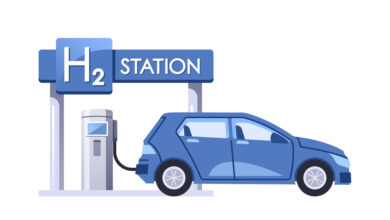How ‘digital natives’ are transforming the aftermarket’s future

Digital natives, those who have grown up with personal computers, cell phones and the Internet, are set to significantly influence the future of the automotive aftermarket, according to a recent report.
In Lang Marketing’s Digital Natives Are Rewiring the Aftermarket’s Future, it noted that this demographic shift underscores a transformation in how automotive parts and services are researched, purchased and utilized.
In contrast to digital immigrants — those who adopted digital technology later in life — digital natives are inherently inclined to use the internet and various digital devices for making buying decisions. This generational divide is reshaping the aftermarket industry, with digital natives preferring online interactions over traditional face-to-face engagements.
By 2030, Lang estimated, digital natives will account for about 50 per cent of light vehicle aftermarket product volume.
“Digital natives and digital immigrants differ in three significant ways that affect their aftermarket behavior: Use of the internet as the primary source of aftermarket information, preference for online transactions as opposed to face-to-face purchases and the growth of platform buying,” it said in the report.
Internet, the primary resource
Digital natives instinctively turn to the Internet as their first resource for diagnosing vehicle issues, estimating repair costs, and locating parts or repair services.
This online-first approach contrasts sharply with digital immigrants, particularly Baby Boomers, who are more likely to seek information directly from repair outlets or parts stores through in-person visits or telephone calls.
Online transactions
Unlike digital immigrants who often see a distinct difference between in-store shopping and online purchases, digital natives perceive little disparity between the two. The speed, variety, and often lower prices associated with online transactions outweigh any advantages offered by in-store experiences.
Consequently, digital natives are less likely to value face-to-face interactions with parts store personnel or repair shop technicians when making purchasing decisions.
Platform buying
Platform buying has become particularly appealing to digital natives due to its efficiency, wide range of options, competitive pricing, and convenience. Platforms like Openbay, RepairPal and Amazon provide consumers with access to multiple repair outlets and parts choices, allowing for a comprehensive comparison of prices and services.
Amazon, in particular, has become a trusted platform for digital natives.
“Many digital natives are figuratively joined at the hip with Amazon. They love and trust Amazon,” Lang said. “It has become a powerful search engine that provides buyers with a wide range of automotive products and a growing array of automotive repairs.
This trust in Amazon offers a level of confidence that individual repair or parts outlets struggle to match.
Implications for the aftermarket
The increasing influence of digital natives is expected to drive profound changes in the automotive aftermarket. As noted, by 2030, digital natives will account for approximately 50 per cent of light vehicle aftermarket product volume. Their growing reliance on digital platforms for research and purchases will likely lead to a continued shift away from traditional retail models.
The report also noted that the volume and diversity of online-to-offline (o2o) purchases are rising, showing how consumers’ increasing use of the Internet is changing, especially with platforms, to make a broad range of buying decisions. That, Lang suggested, shows digital natives will continue to expand their use of platforms like Amazon to research and purchase vehicle parts and services, fundamentally altering the landscape of the automotive aftermarket.
“It’s inevitable that digital natives, driven by their values and purchase preferences, will increase their use of digital platforms (such as Amazon) to research and purchase vehicle parts and services in the future,” Lang said.
“This has profound implications for the future of the aftermarket as Digital Natives rapidly expand their share of the light vehicle aftermarket.”
Image credit: Depositphotos.com






